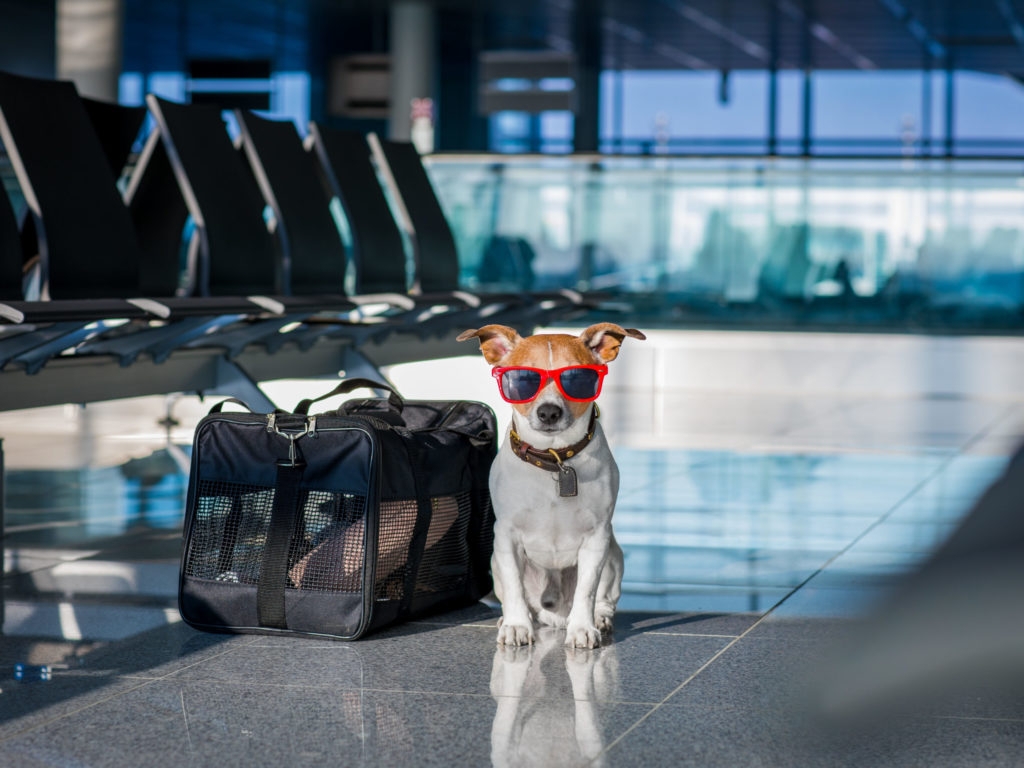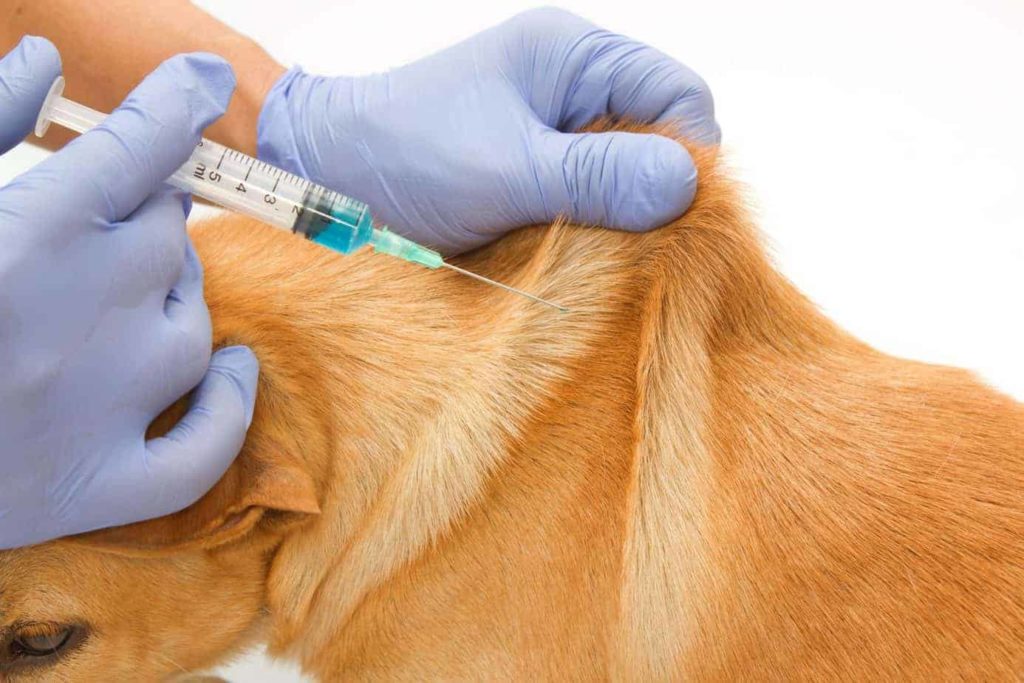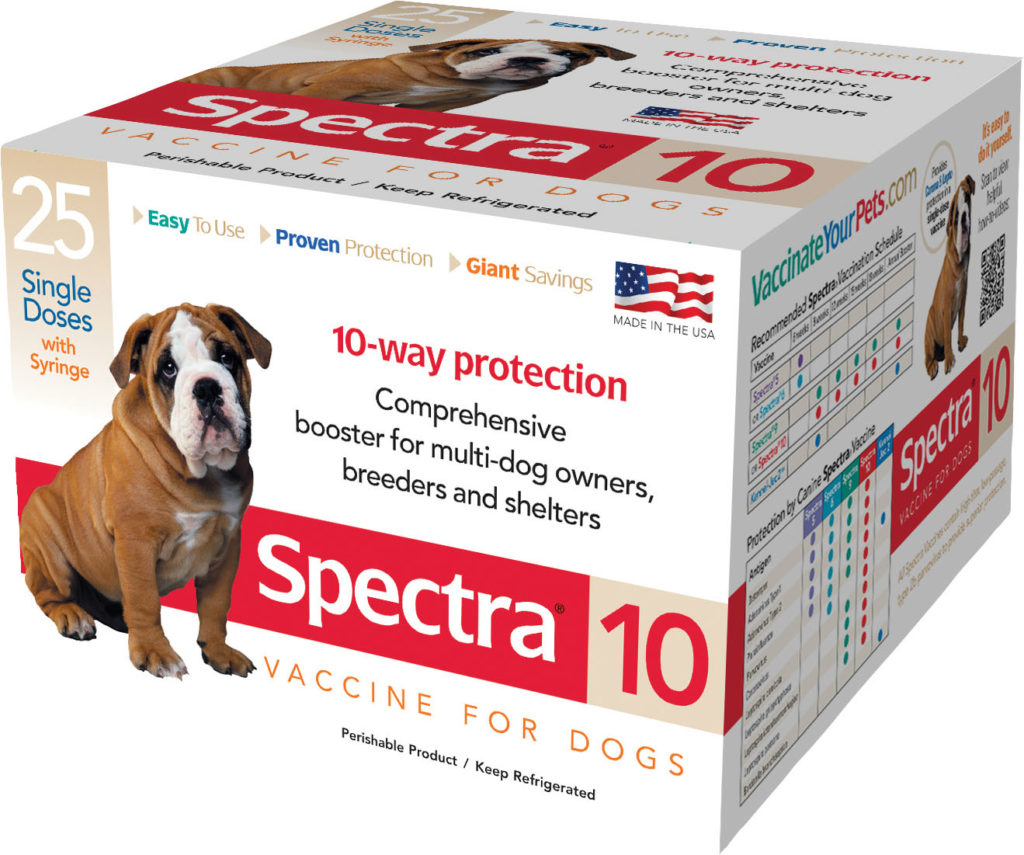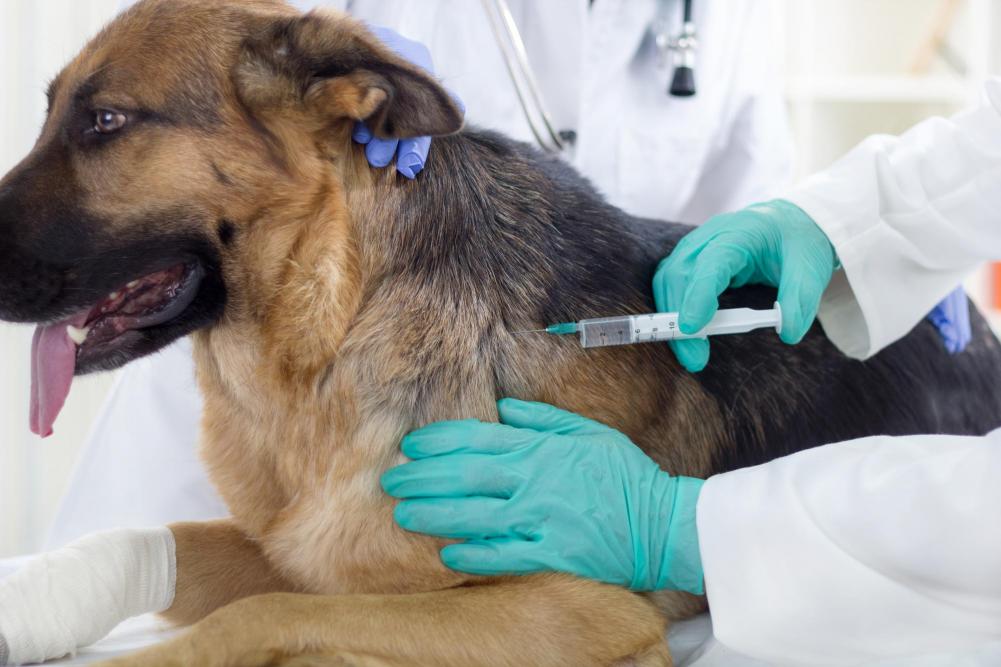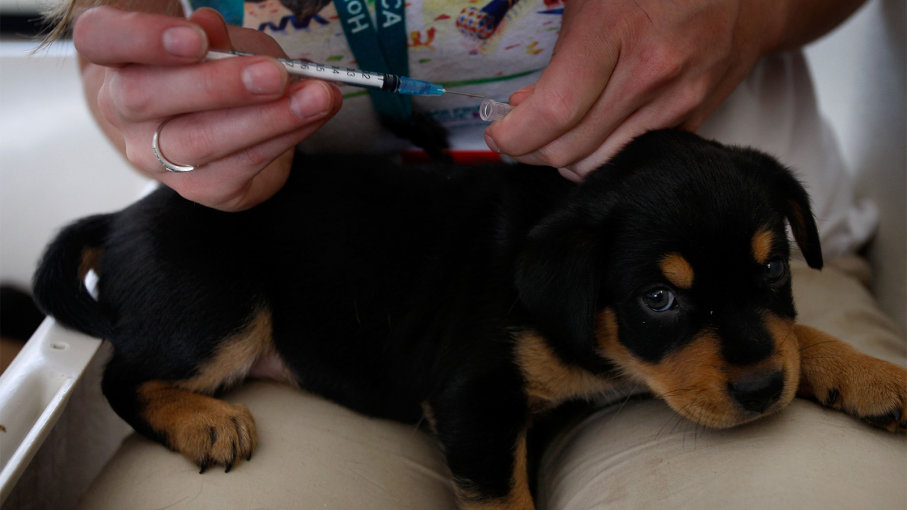If you have a pet, whether it’s a dog or cat, traveling with them is often necessary. This can be a challenge in itself if you’re not prepared for their needs. Traveling with your dogs requires some preparation and forethought. If you plan to travel with a pet, be sure to bring along all the supplies he needs. Bring along bottled water and any medications he might need.

While preparation is been made for going on a trip, make sure your dog goes to the vet for a checkup. Make sure all his shots are up-to-date; take shot records with you. You’ll need health certifications from the vet in order to travel by plane with him. Not all dogs enjoy going on a trip. Ask your veterinarian if your dog is in proper mental and physical shape to travel.
Things to do While Preparing your Dog for the Trip
- Vaccination against Rabies
In recent years, the amount of pet travel has been increasing. Some of the reasons for this increase include a rise in the number of people who own pets and a decrease in domestic animal abuse. Unfortunately, there is also an increase in rabies because more animals are being imported from countries where rabies is endemic.
- Getting a Pet Passport
An increasing number of pet owners are choosing to microchip their pets as a means of identification. This is particularly useful in case your pet gets lost or stolen since there is no chance that the details on the chip will relate to another animal.
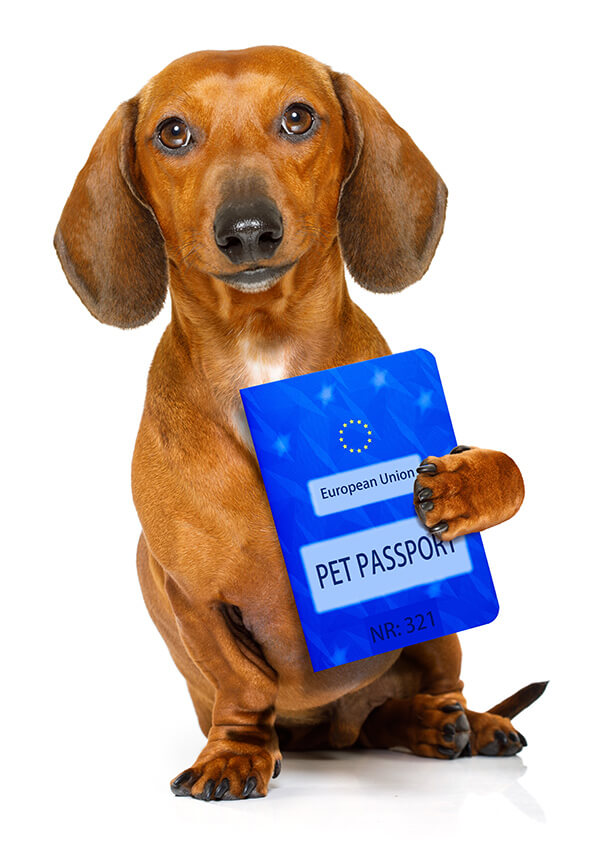
The passport can be issued by your regular veterinarian, and the only requirement is that your dog has been microchipped. The microchip provides a permanent means of identifying your pet, which is useful in case it gets lost or stolen. And the passport details can be accessed through the chip, so you know you’re looking at your pet’s information.
- Prevention against parasite
There are several serious parasitic illnesses that are of concern for traveling pets. Parasitic diseases can be prevented through medications, but the type of medication needed varies depending on the country you’re visiting. The prevention of these diseases is better than the cure, and there are ways to prevent them. These methods differ slightly between countries.
- Quarantine
During a quarantine period, your pet may be in a facility for a long time. You will not usually be allowed to visit your pet, and you will have to pay any fees that accrue while it is being quarantined. In some countries, you may have the choice of euthanizing your pet.
Things to do During the Trip
- Restrain your pet
The best way to travel with your pet is to strap it into the seat using a seatbelt or other anchor. Make sure your dog can stand up, turn around, and lie down comfortably in its carrier. You can also use a pet safety belt, but these have not been proven to protect animals during a crash.

- Come along with the necessary document
If you’re traveling with your pet, carry their important documents with you. A health certificate may be required by some states or countries in addition to proof of rabies vaccination.
- Uses of Game and Toy
The best way to keep your dog from getting bored during the trip is to provide him with a few new toys and some old favorites. A puzzle toy, like the ones designed for cats, maybe just the thing to keep your dog occupied.
- Uses of Collar and Leash
While going on the trip with your dog, the dog’s collar and leash should be used, make sure that both are durable and well made. Your dog’s collar should be sturdy enough to contain him if he tries to slip out of it, and your leash should be strong enough to hold him.
You can reduce stress when traveling with a calm pet. All animals pick up on your stress, so if you’re nervous and uptight, they may show stress and anxiety as well. If your dog doesn’t enjoy traveling, keep him at home with a dog sitter.

